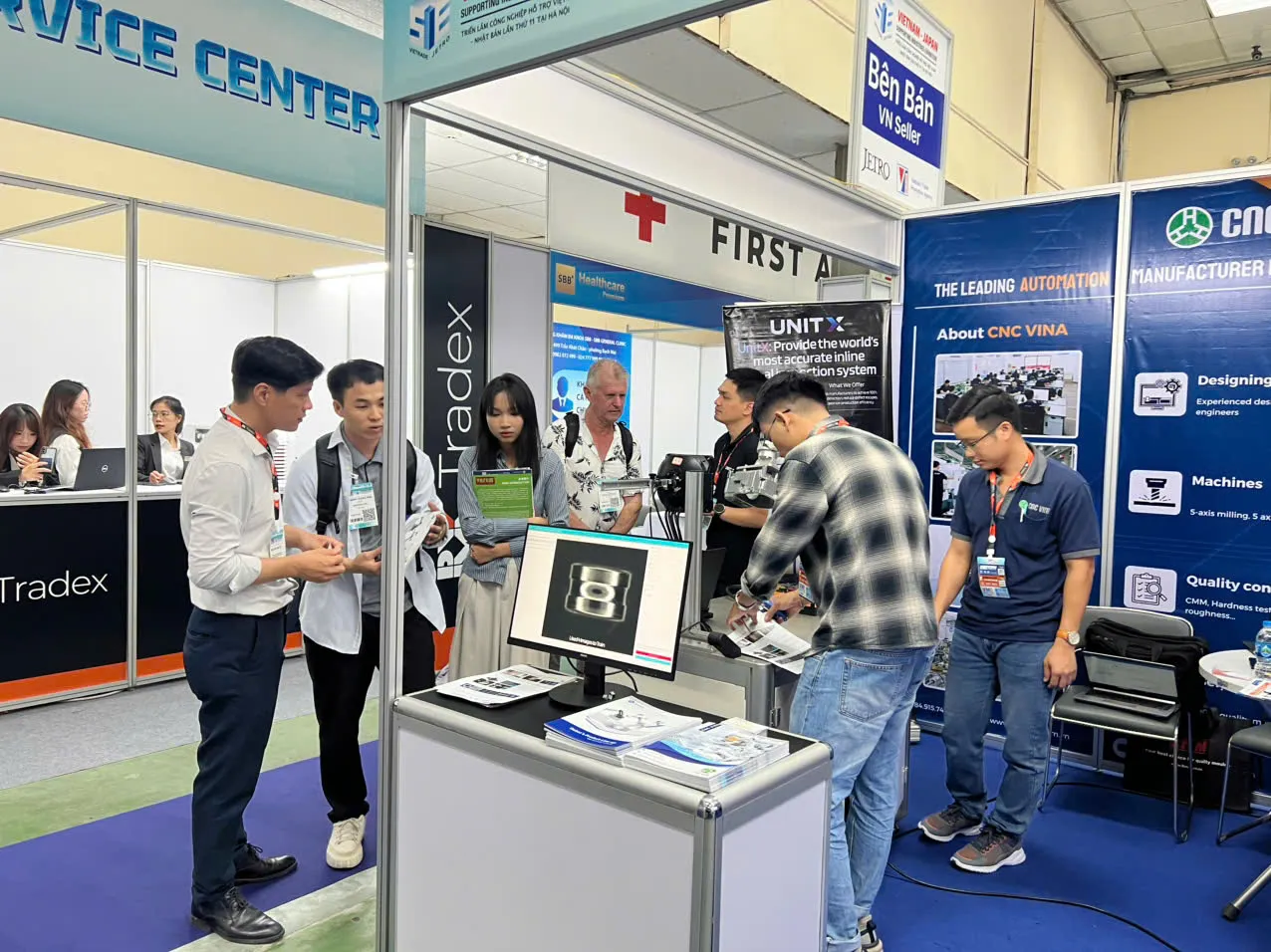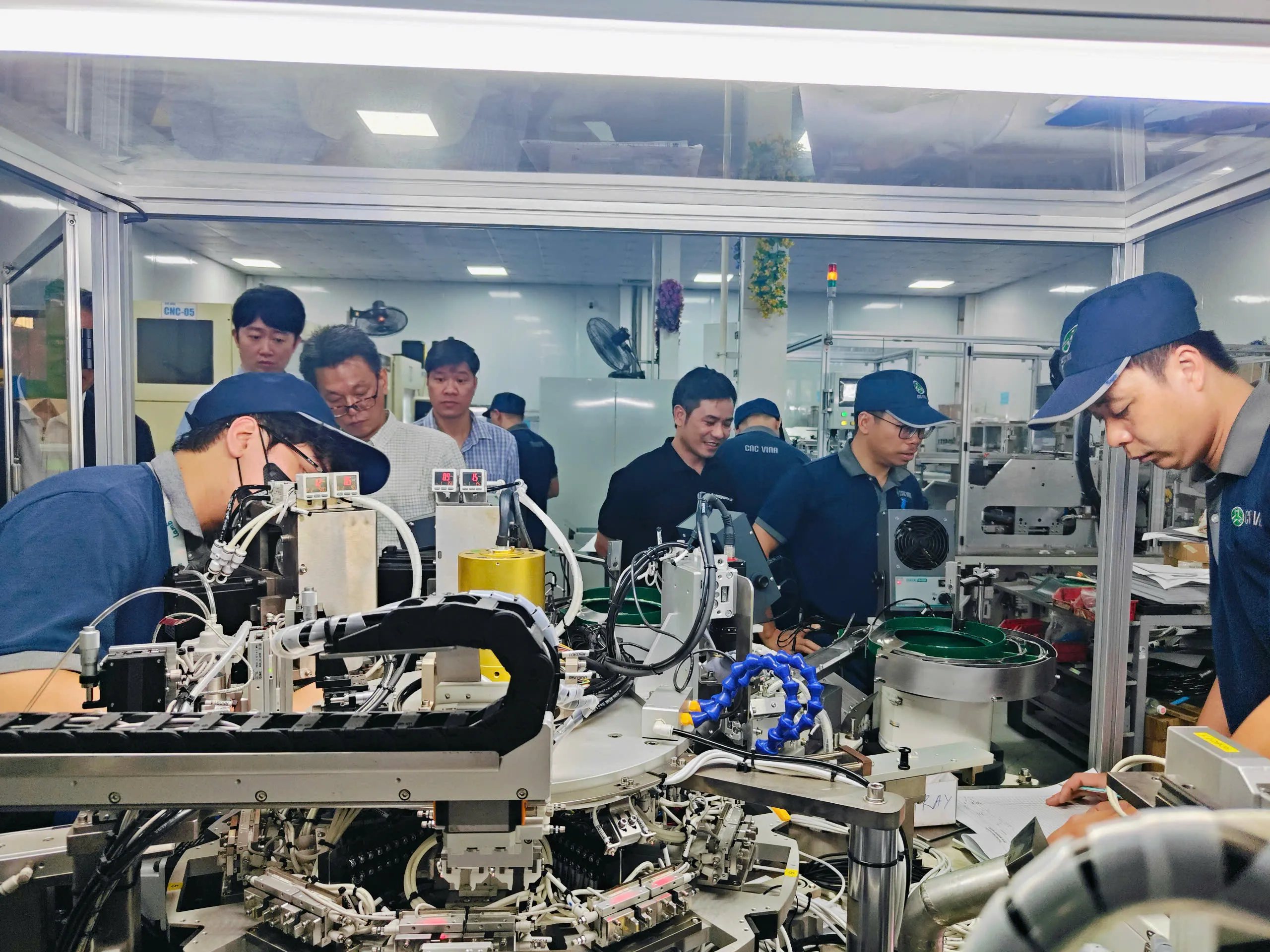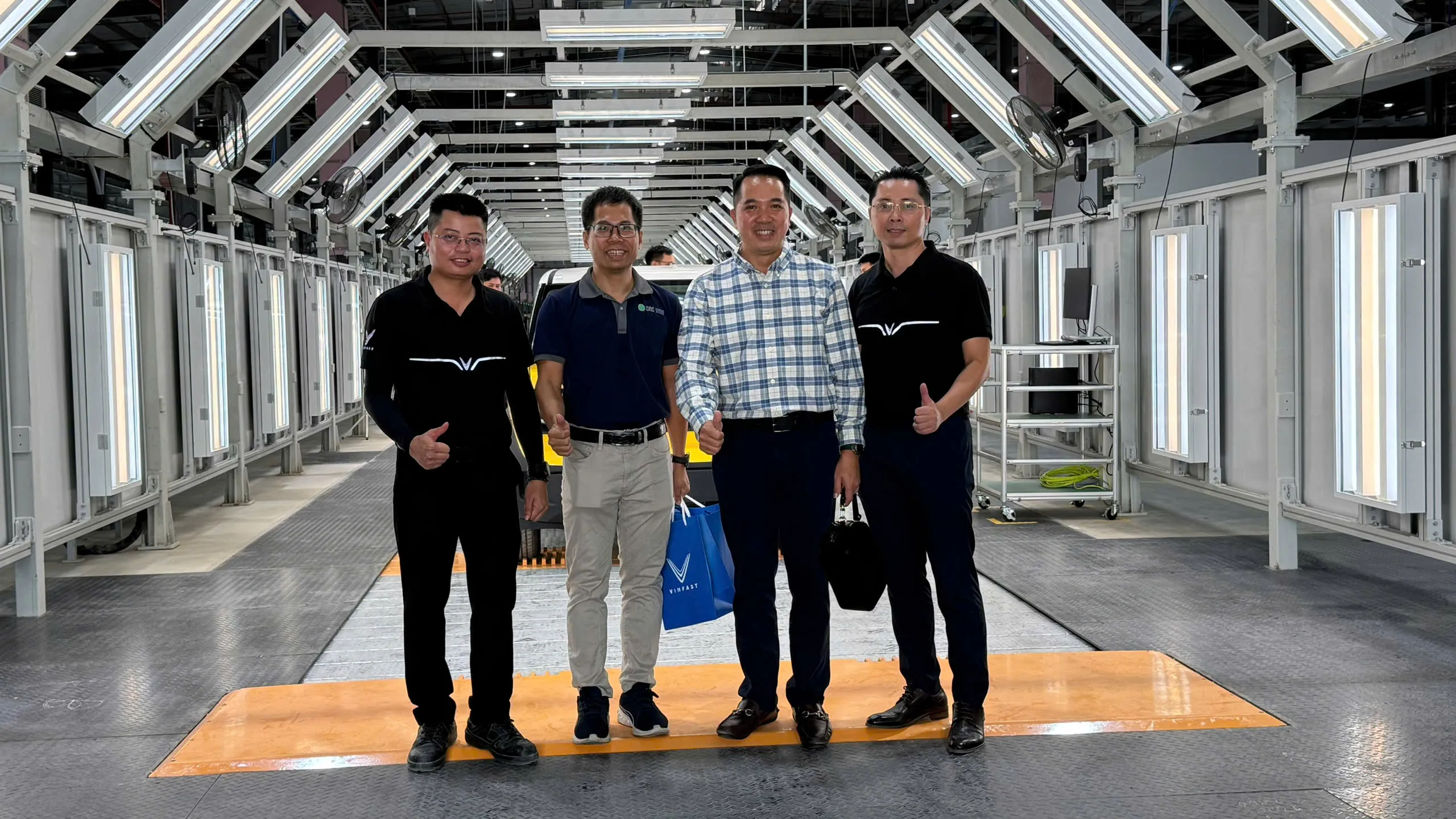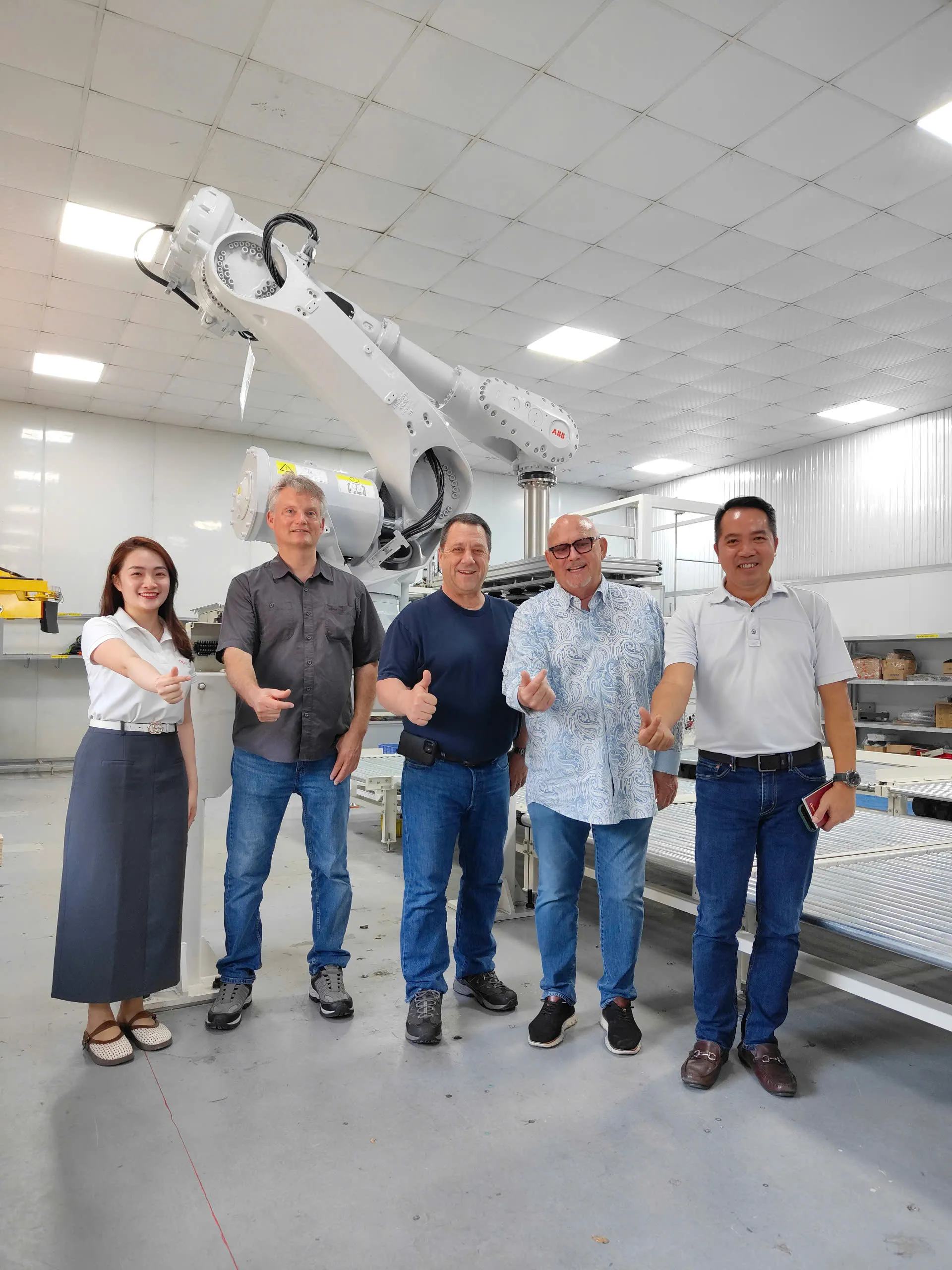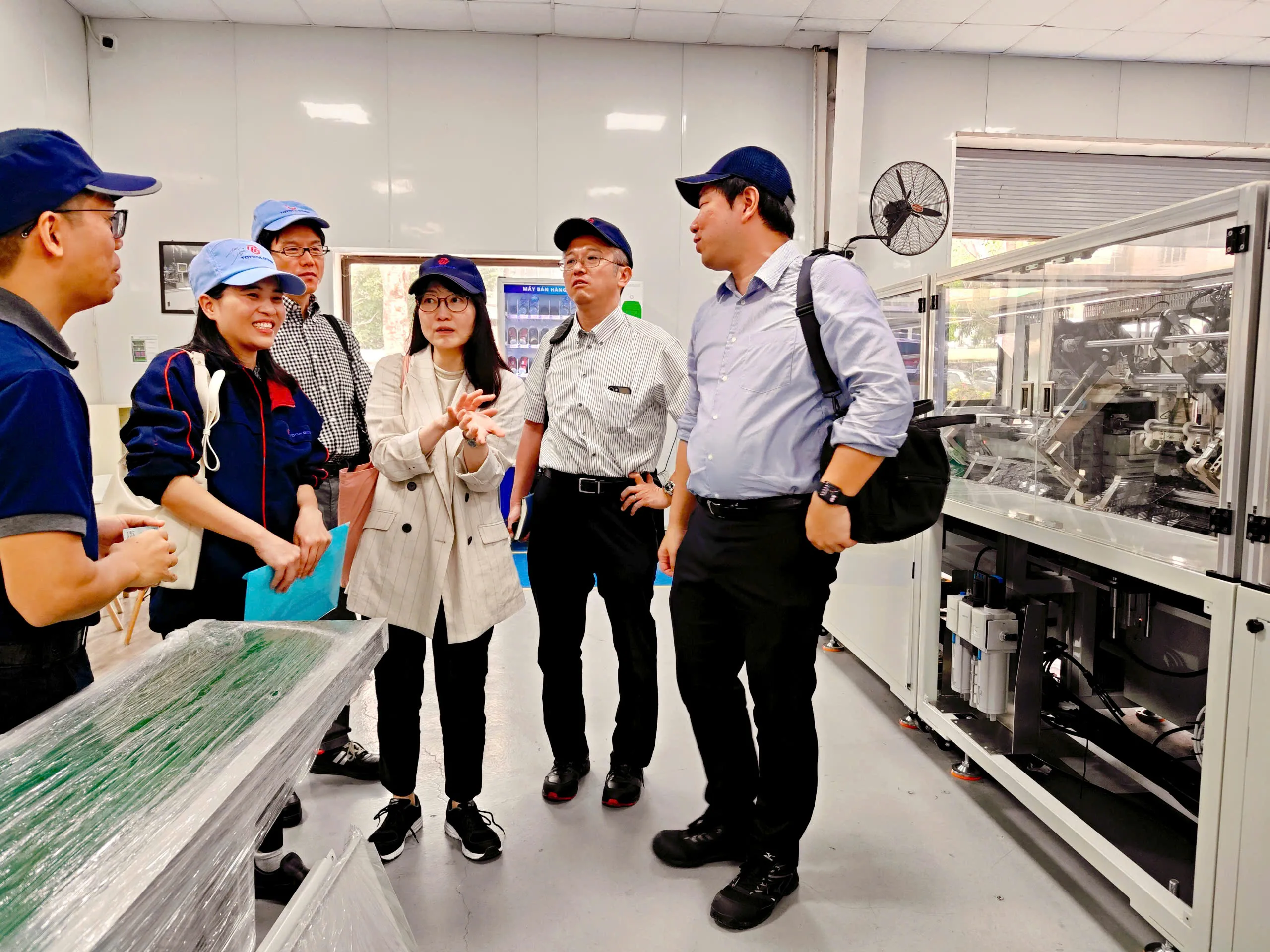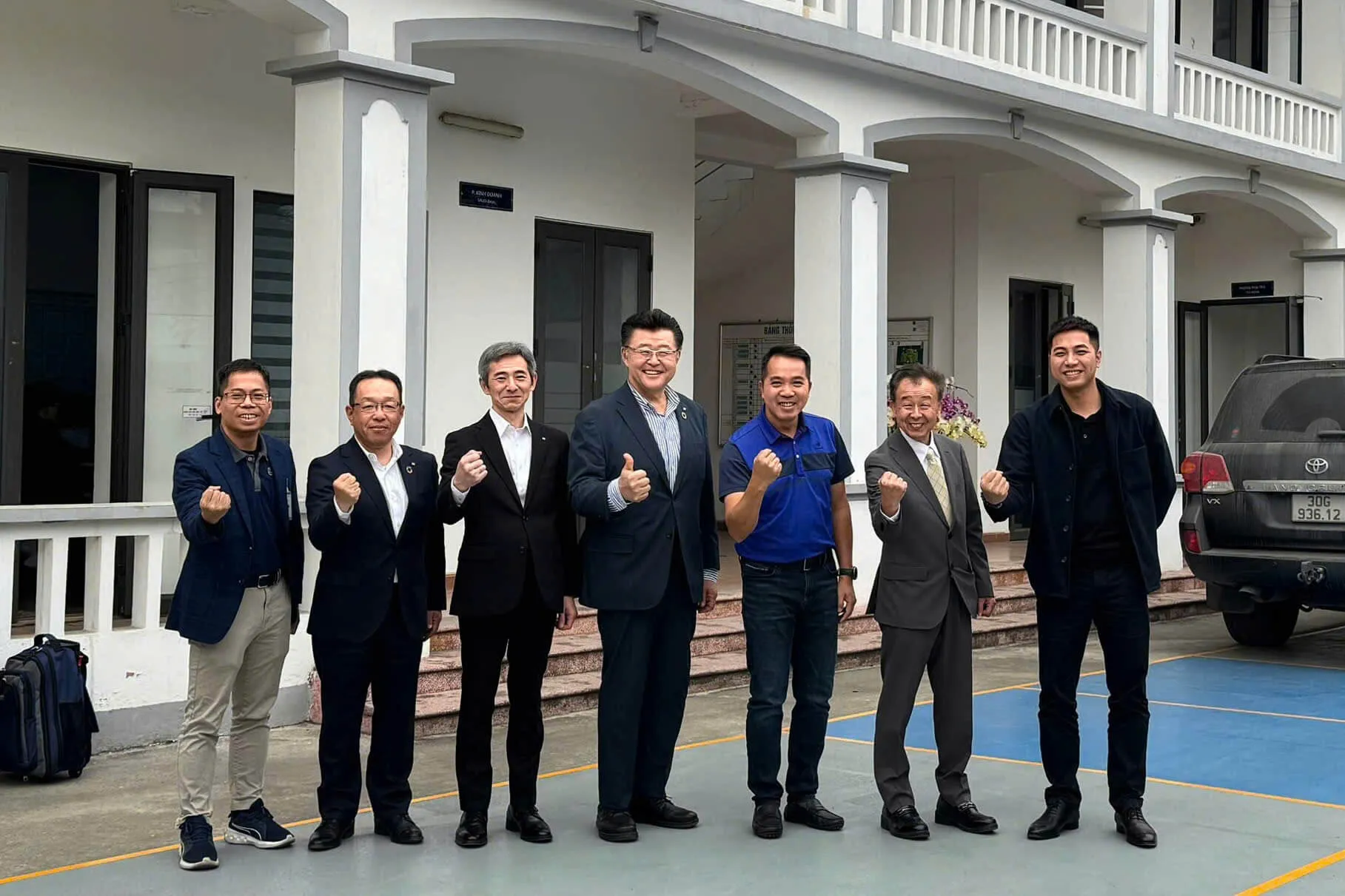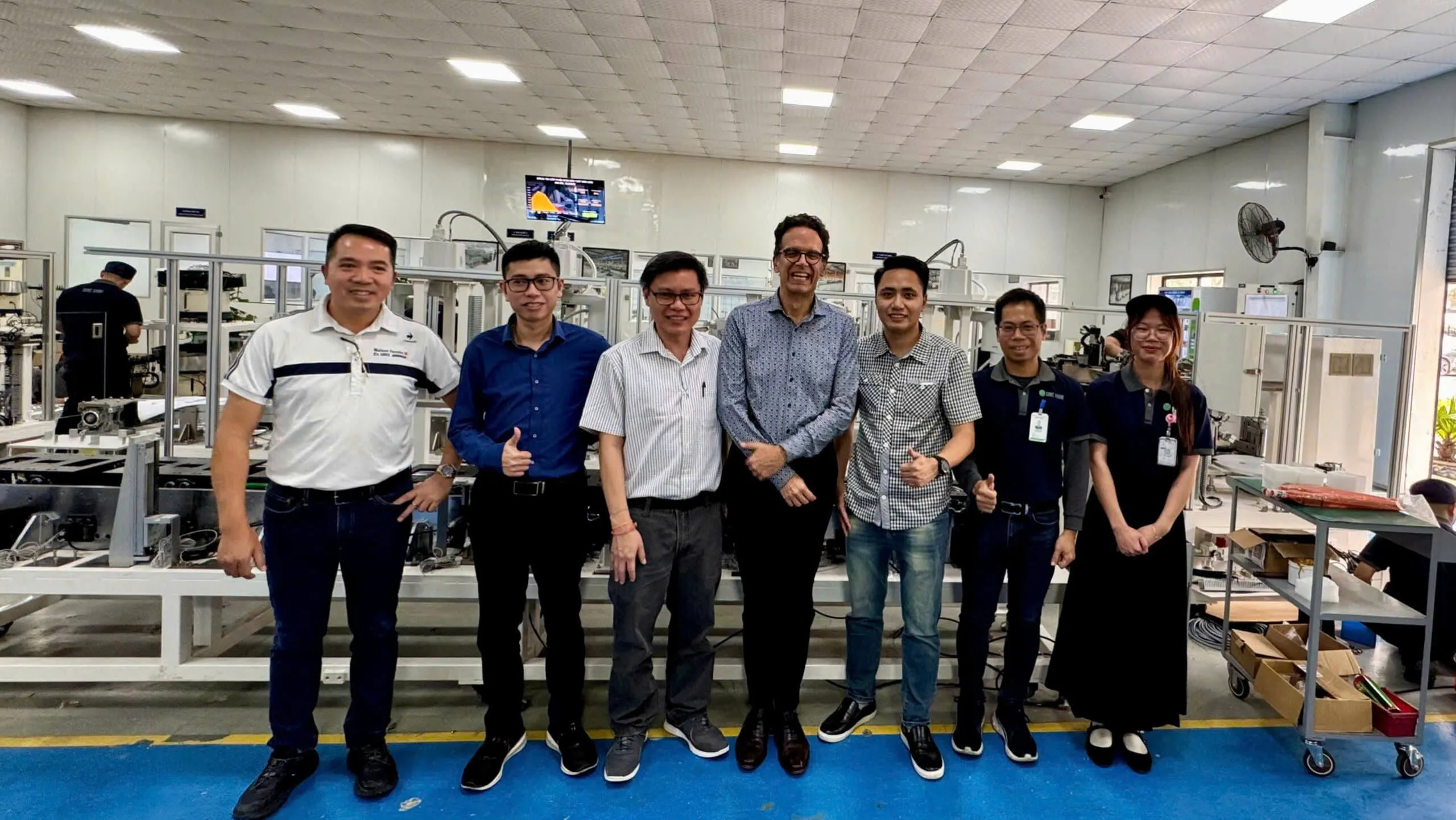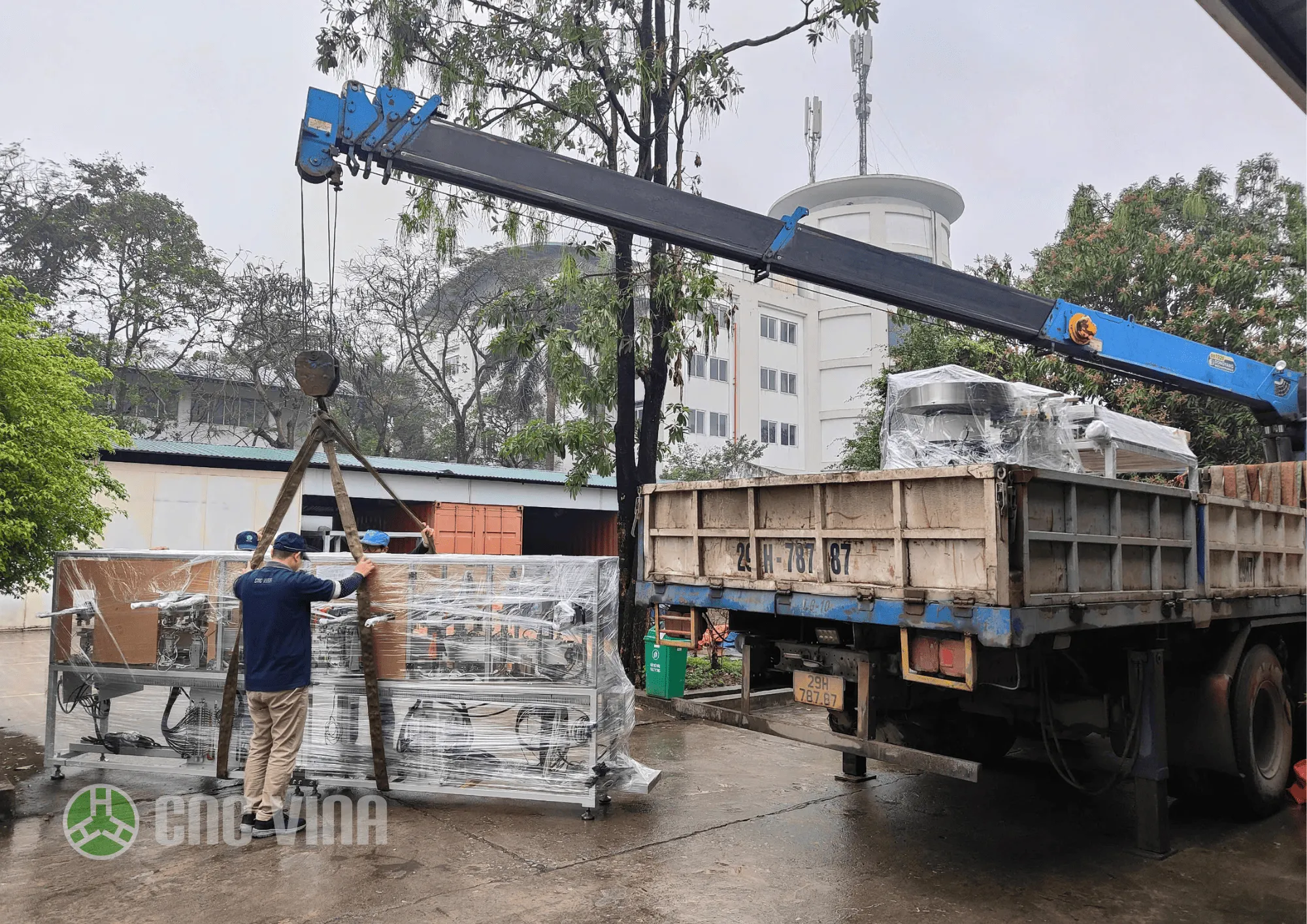Applications of pneumatic lifting arms in the automotive industry
Introduction
Definition of a pneumatic lifting arm
A pneumatic lifting arm is a mechanical device that uses compressed air to generate lifting, lowering, and movement actions for handling heavy objects. Below is an overview of its structure, working principle, and applications:
Structure
A pneumatic lifting arm typically consists of the following main components:
-
Pneumatic cylinder: The main part that generates the lifting force. It can be single or double-acting, depending on the lifting requirements.
-
Control valves: Used to regulate the flow of compressed air into and out of the cylinder, thereby controlling the movement of the lifting arm.
-
Air supply lines: Deliver compressed air from the supply source to the pneumatic cylinder.
-
Frame and arm structure: Made from durable materials, usually steel or aluminum alloy, to ensure strength and load-bearing capacity.
-
Sensors and control system: Includes position sensors, pressure sensors, and a controller to monitor and regulate the operation of the lifting arm.
Working principle
The working principle of a pneumatic lifting arm is based on using air pressure to create force. The process works as follows:
-
Air supply: Compressed air from a compressor is directed into the cylinder through control valves.
-
Cylinder movement: The air pressure inside the cylinder pushes the piston, generating linear motion. This motion is transmitted to the lifting arm through linkage mechanisms.
-
Control: The control valve adjusts the amount of air entering the cylinder to change the speed and stroke of the lifting arm. Sensors send position and pressure feedback to the controller to ensure precise operation.
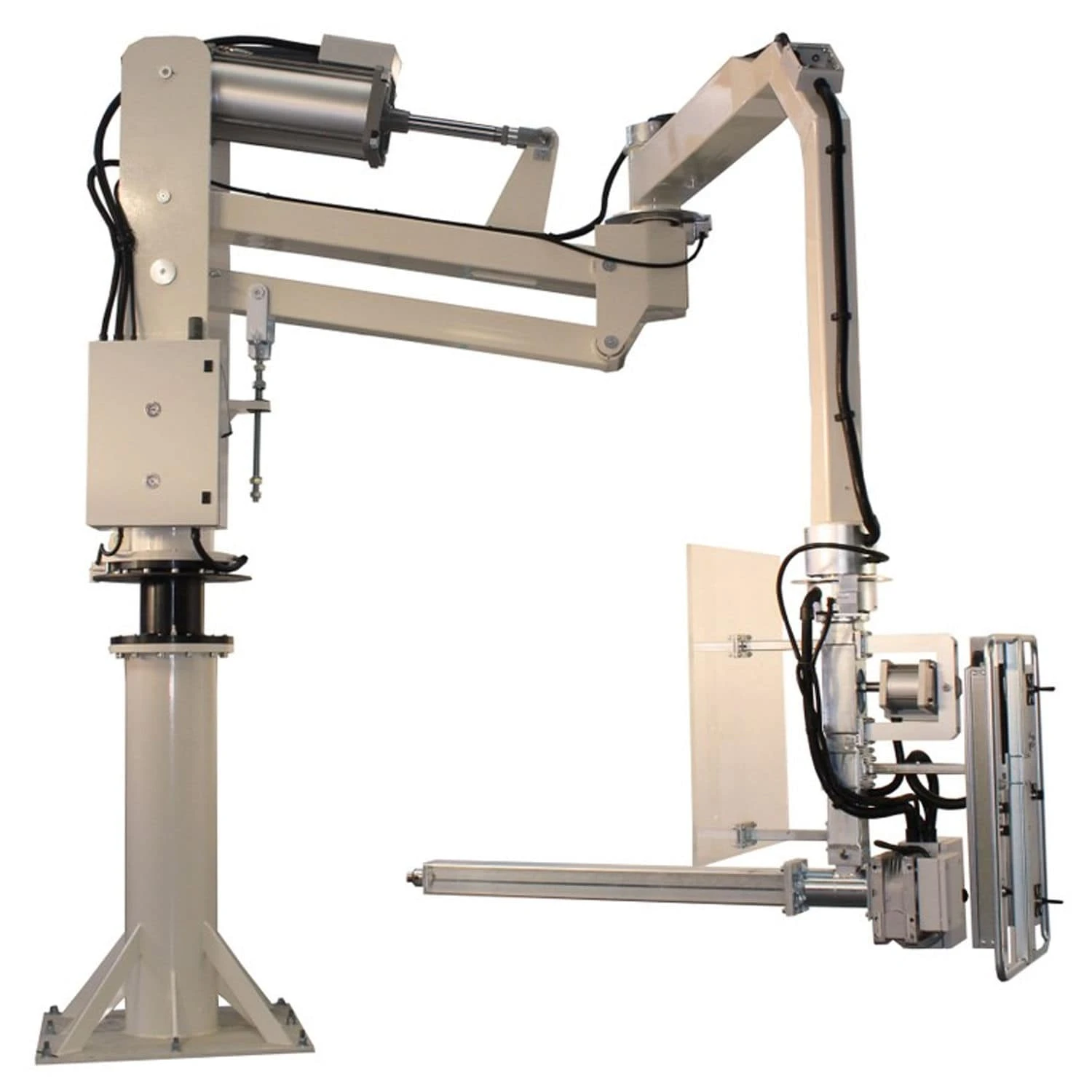
Applications
Pneumatic lifting arms are widely used across many industries due to their flexibility and efficiency. Key applications include:
-
Manufacturing and assembly: For lifting and moving components on production lines.
-
Warehousing and logistics: Assisting in loading and unloading goods in storage facilities.
-
Automotive industry: Used in vehicle assembly and maintenance.
-
Medical field: Applied in patient-assisting devices and other medical equipment.
-
Agriculture: Aiding in the lifting and movement of produce and agricultural tools.
Importance of pneumatic lifting arms in the automative industry
The use of pneumatic lifting arms in the automotive industry not only improves productivity and product quality but also ensures safety and enhances working conditions for laborers. This creates a more efficient, safer, and sustainable production environment, contributing to the growth and success of the automotive industry.
Benefits of using pneumatic lifting arms
Enhanced efficiency and productivity
-
Increased production speed: Pneumatic lifting arms can operate continuously at high speeds, boosting production throughput.
-
Process automation: Helps automate repetitive tasks, reducing production time and increasing efficiency.
Worker safety assurance
-
Reduced injury risks: Reduces the need for physically demanding and hazardous tasks, minimizing workplace injuries.
-
Hazardous environments: Can perform tasks in environments that are difficult or dangerous for humans, such as high temperatures or chemical exposure.
Flexibility and adaptability for various applications
-
Easy programming and customization: Modern lifting arms can be easily programmed and adapted for various tasks.
-
Integration with advanced technology: Can be integrated with smart manufacturing systems to optimize production and management processes.
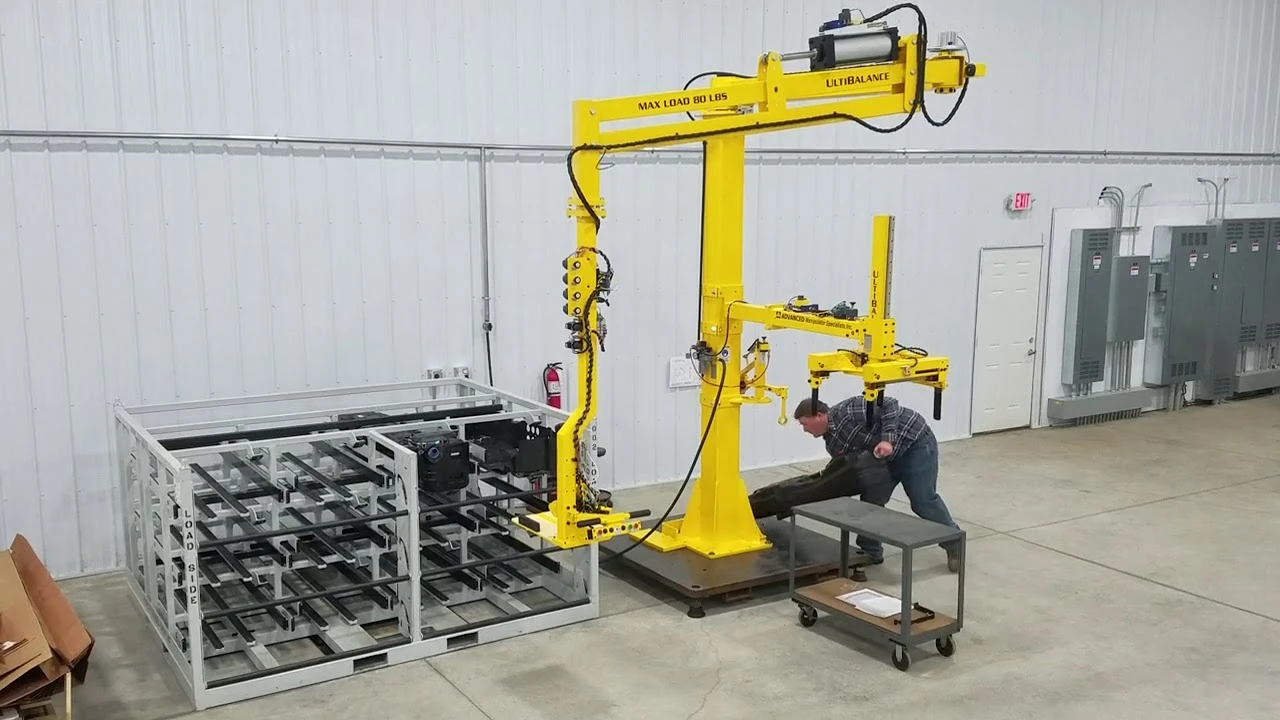
Types of pneumatic lifting arms used in the automotive industry
Articulated arm systems
Articulated arm systems, often referred to as robotic arms, play a crucial role in the automotive industry. These systems are used to automate manufacturing and assembly processes, enhancing productivity, quality, and safety.
Structure
-
Joints: Allow movement in various directions, offering operational flexibility.
-
Links: Connect the joints, forming the structure of the arm.
-
Controller: Manages and monitors the robot arm’s functions.
-
Sensors: Help the robotic arm perceive its environment and adjust accordingly.
-
End effector: The end of the arm, capable of attaching different tools based on tasks (e.g., welding torch, gripper, cutting tool).
Working Principle
Articulated arms operate through a combination of electronic control and mechanical design:
-
Motion control: Electric or pneumatic motors control the joints, enabling precise movement.
-
Programming: The robotic arm is programmed to perform specific tasks such as welding, painting, or assembling.
-
Sensor feedback: Continuous sensor feedback allows real-time adjustments.
Common applications in the automotive industry
-
Component assembly: Assembling parts such as engines, gearboxes, and smaller components.
-
Fastening: Automated tightening of screws and bolts for accuracy and consistency.
-
Spot welding: Conducting spot welds on vehicle frames for strength and safety.
-
Arc welding: Performing longer, more complex welds using arc welding technology.
-
Painting: Automated spray painting ensures uniform, high-quality finishes.
-
Polishing: Automated surface polishing improves the final appearance.
-
Material handling: Moving parts and materials along the production line.
-
Packaging: Automated packaging of finished products.
Application of pneumatic lifting arms in automotive manufacturing
Engine and transmission assembly
-
Lifting and positioning: Precisely lifting and placing heavy engines or transmissions into vehicle frames for quick and efficient assembly.
-
Component support: Assisting in the assembly of various engine parts to minimize errors and enhance productivity.
Suspension system maintenance
-
Undercarriage inspection and Repair: Used to lift the entire vehicle, making it easier for technicians to inspect and repair components underneath.
-
Component replacement: Facilitates lifting of heavy parts like suspension systems or gearboxes into place for convenient maintenance.
Positioning and mounting body panels
-
Clamping and holding: Pneumatic clamps hold body panels firmly during assembly, preventing displacement.
-
Adjustable pressure: Pressure can be adjusted depending on panel size and material to ensure safety and avoid damage.
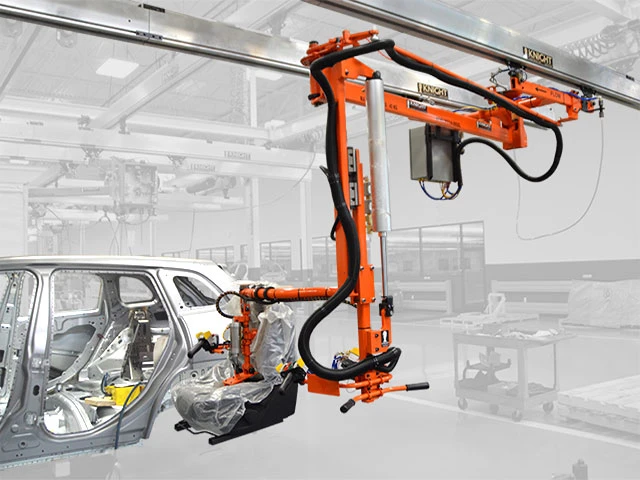
Successful implementation of pneumatic arms in automotive assembly lines
Description of an automotive assembly line setup
The automotive industry has seen companies deploying some of the largest automated robotic systems in manufacturing. Large robotic arms with high payload capacities and extended reach perform tasks like lifting car bodies, installing windshields, or mounting wheels, while smaller robots handle welding and subframe assembly.
Manufacturers update vehicle models every few years to meet consumer demands, requiring different tools and processes due to varying materials. A computer-controlled production planning system is essential to maintain high quality, throughput, flexible production, and seamless integration.
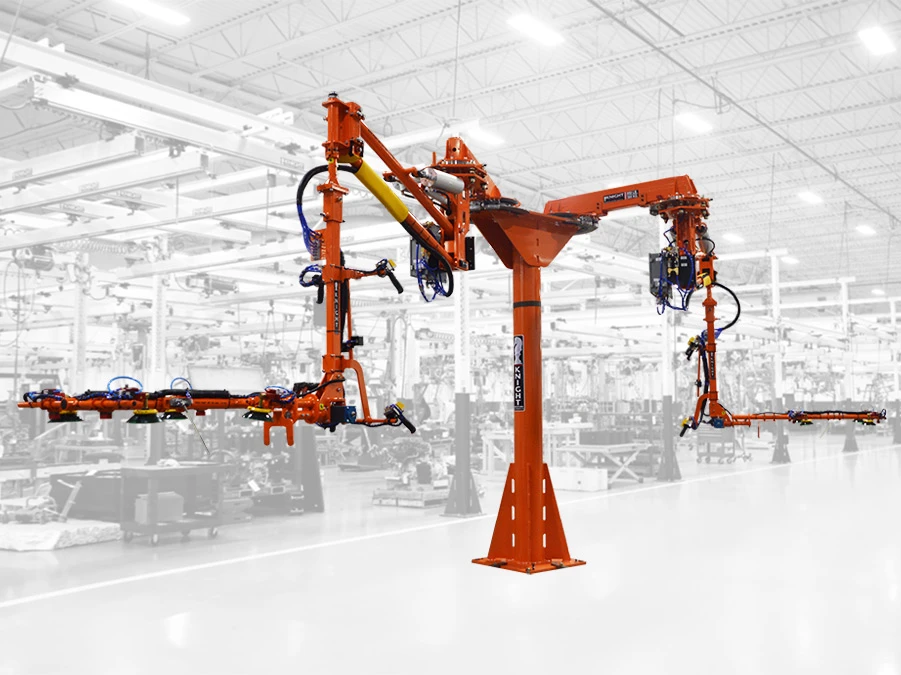
In this case study, the Advantech ARK-2250, a compact, high-performance fanless industrial computer, was deployed in a leading automotive manufacturer’s advanced automated assembly facility. It was part of a networked process control system providing component installation guidance and detailed production logging for quality control.
Observed benefits after implementation of pneumatic lifting arms
High efficiency and increased productivity
-
Faster production rates: Continuous and fast operation boosts manufacturing throughput.
-
Automated repetition: Streamlines repetitive tasks, reducing production time and improving efficiency.
Precision and consistency
-
High accuracy: Ensures precise lifting, lowering, and handling of heavy items.
-
Uniform quality: Automation leads to consistent product quality, reducing human errors.
Labor cost reduction
-
Lower risk of injury: Reduces exposure to strenuous and dangerous tasks.
-
Work in hazardous environments: Can perform tasks in areas inaccessible or unsafe for humans.
Flexibility and easy customization
-
Quick reprogramming: Easily adjustable for different tasks.
-
Advanced integration: Compatible with smart production management systems.
Better working conditions
-
Reduced physical burden: Less physically demanding work for operators.
-
Higher job satisfaction: Workers benefit from safer, more comfortable roles, boosting morale and productivity.
Increased production flexibility
-
Versatile tasks: Suitable for everything from small part assembly to heavy lifting.
-
Cross-industry applications: Applicable in manufacturing, logistics, warehousing, and more.
Simple maintenance and operation
-
Easy maintenance: Simple design allows for quick maintenance and minimal downtime.
-
Durability: Built for tough industrial environments with long service life and reliability.
Conclusion
With exceptional benefits in production efficiency, quality improvement, workplace safety, and flexibility, professionals in the automotive industry should consider implementing pneumatic lifting arms in manufacturing and maintenance processes. Investing in this technology not only optimizes current operations but also prepares for the future with advanced automation, contributing to sustainable and competitive growth in the automotive industry.

 Tiếng
Anh
Tiếng
Anh



 Tiếng Anh
Tiếng Anh

